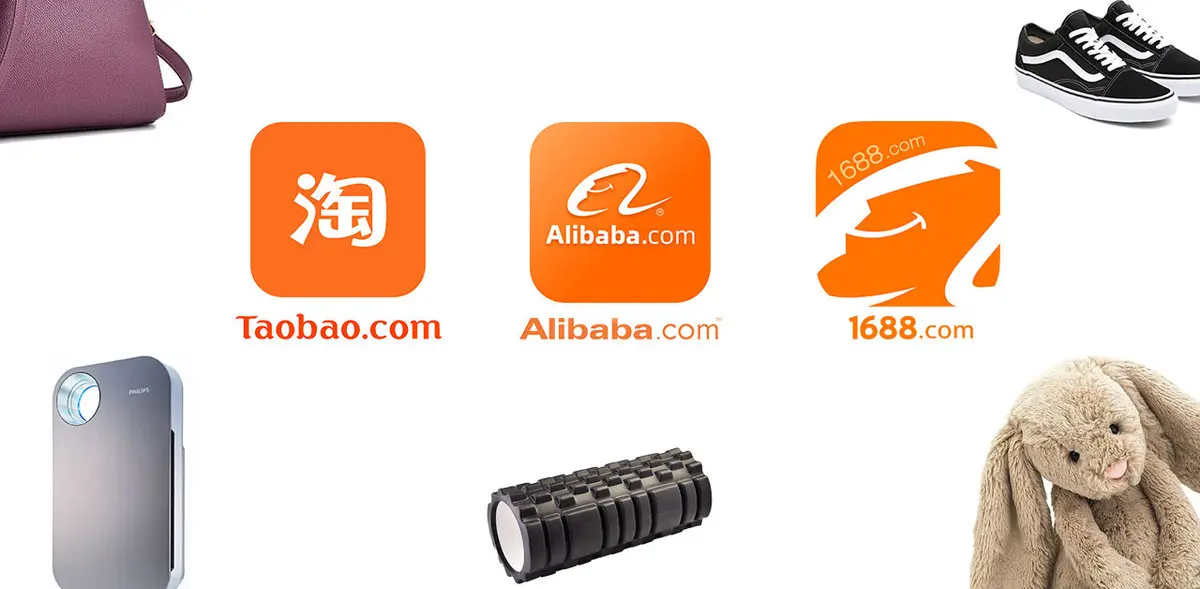Tips for supplier sourcing from China
We’d like to share our personal and practical experience in supplier sourcing in China.
We brake this task into four major elements:
List of 4-5 potential suppliers based on the market research
A thorough search on Chinese B2B and B2C marketplaces, such as 1688, Taobao, Alibaba, etc. provides a fair number of potential suppliers. After that we verify all the necessary details concerning the manufacturing process, approximate production costs and sample delivery times. On this basis we make a short-list of 4-5 suppliers matching the requirements.
If your product implies the use of different materials and you do not know for sure what technological process it will require, we check a factory’s online showcase. It will provide a general idea about production methods.
Factory audits to pave the way for future cooperation
Factory audit is the most effective way to assess the capabilities of a supplier in China and possibilities for future cooperation. These are the most important things to monitor, common for most industries.
Management
- Check whether your manager is familiar with the manufacturing process.
- Check whether your supplier has experience in working with foreign markets / has current customers in your or similar markets.
- Check whether your supplier has all the necessary certification needed to sell products in your market.
- Check how well the warehouse is arranged.
- Check the schedule and general working conditions at the factory.
- Check the average order quantity your factory usually works with.
- Check whether the factory has educational and qualification programs for its employees.
- Check for design and customization options the factory can offer.
Production
- Check product quality in the show room, and if possible, compare it with the items at the production line.
- Check which parts of production use manual labor and which are automated
- Check for condition and maintenance of the machinery.
- Check for quality control standards and procedures at the factory.
- Check which parts of your products are manufactured at the factory and which are outsourced from other productions.
Certain checkpoints may be more or less relevant for a successful cooperation with your supplier, based on the production volume and product category.
Bigger manufacturers usually have more detailed and profound regulation and management systems, while smaller factories tend to simplify the process and share control functions between departments and staff members.
Both approaches have pros and cons, with bigger productions usually being more precise and stable, and smaller factories being more flexible, especially when it comes to smaller quantities.
Sampling
It makes sense to order samples of the product you are interested in to assess its quality and characteristics. We can check them in China, so you don’t have to wait for their arrival in your country. This saves both the money for the international shipment of the samples and time needed to choose the best possible supplier.
Test batch order
When launching a new product, you would want to “test run” it with a small order first, receive feedback and make necessary improvements or alterations. Larger factories are not usually willing to cater to low MOQ custom orders, which narrows the choice down to small and medium factories.
These are the basic stages of supplier sourcing in China. Just contact us and we will provide all the assistance you need for your project.


